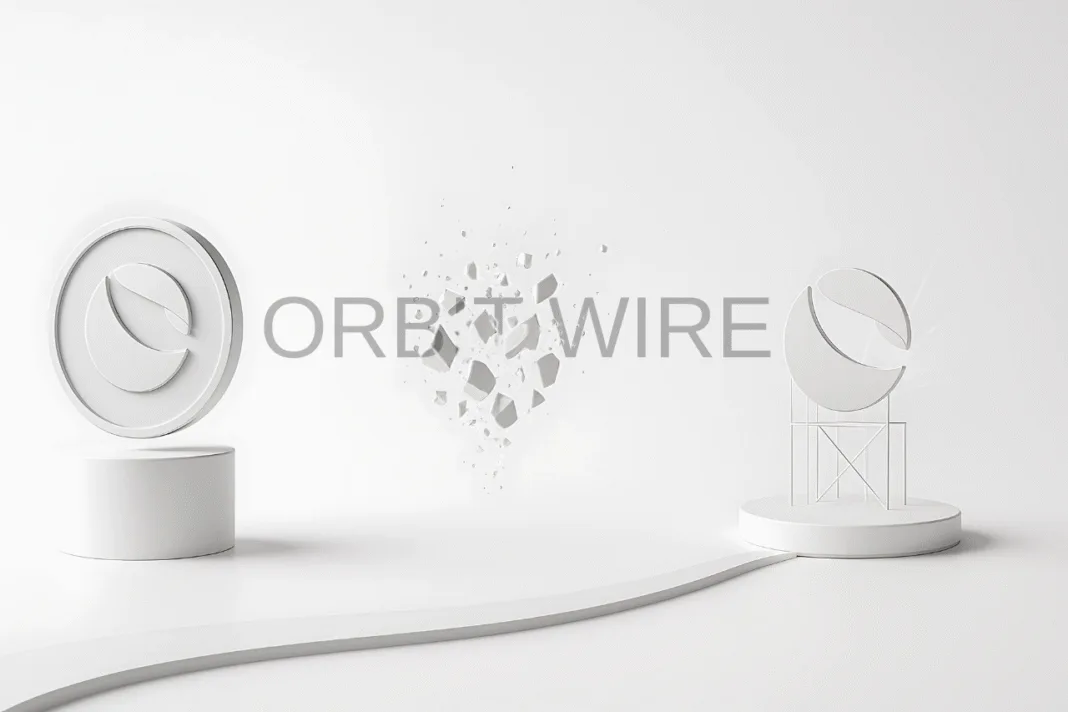In 2018, Terraform Labs introduced Terra, an ambitious blockchain project with a vision to create a truly decentralized financial system. Its core was the LUNA token, which supported the stability of TerraUSD (UST), an algorithmic stablecoin designed to maintain a one-to-one value with the US dollar. This innovation attracted rapid adoption and positioned Terra as one of the most prominent projects in the digital asset sector.
By early 2022, Terra had reached extraordinary heights. The LUNA token climbed from only a few cents to a peak of 119 dollars, while UST became the fastest growing algorithmic stablecoin. Billions of dollars entered the ecosystem, drawn by its efficiency, global accessibility, and high-yield DeFi platforms. Terra appeared to have achieved the impossible.
The success, however, masked a critical weakness. When UST began to lose its dollar peg in May 2022, confidence eroded quickly. Investors rushed to exit, creating a feedback loop that flooded the market with newly issued LUNA. In just days, LUNA supply grew from hundreds of millions to trillions of tokens, and its value collapsed to a fraction of a cent.
More than 60 billion dollars in value disappeared almost overnight. The event became one of the most significant crises in cryptocurrency history, drawing global regulatory attention and shaking confidence across the entire market.
In the aftermath, the Terra blockchain was renamed Terra Classic, and its token became LUNA Classic (LUNC). Rather than abandoning the network, the community of developers, validators, and supporters came together to rebuild. A burn initiative was launched to reduce token supply, restore credibility, and lay the groundwork for a stronger ecosystem. Major industry participants, including Binance, joined efforts by supporting the burn movement.
Today, LUNC represents both a lesson and an opportunity. It demonstrates the risks of rapid, unsustainable growth but also highlights the resilience of decentralized communities determined to recover and innovate.

